When you think of preparing winter riding, most of us think about getting warm riding gear for ourselves and quarter sheets for our horses. But winter has a significant effect on your horse's hooves. Being mindful of these changes can help your horse keep his hooves healthy.
Hooves grow slower in the winter. Just how much slower depends on a variety of things, mostly how weather in your area affects your horse care. If you can still turnout much of the time you may not notice much. These changes come mostly from the circulation in the hoof. When horses are ridden or are turned out less, there's less circulation to the hooves. Slower hoof growth is good news for some people - this can mean fewer visits by the farrier. But for others who are waiting for a crack or other hoof problem to grow out, this reduction in hoof growth can mean a long wait.
But hoof growth isn't the only issue to worry about this winter. Ground that is frozen is unyielding and can cause hoof soreness or bruises. Riding slowly on frozen ground is one way to prevent this. Adding pads to your horse's shoes is another way.
Abscesses seem to spring up any time of the year, but winter seems to be an especially popular time. Often this is caused by the change in temperature - warm and muddy one day, cold and frozen the next. The hoof wall expands and contracts to meet these conditions and can allow bacteria in. Another method of entry for bacteria is through wet feet. Excessive moisture from too much washing of legs to remove mud can soften the hoof and also allow bacteria in. This can also cause the problem of scratches or pastern dermatitis. Scratches are a common problem of inflammation of the skin behind or around the pastern of the horse.
Winter is one of thrush's favorite times of year because it thrives in wet, dirty bedding and areas where mud, mixed with manure, is found. Creating mud and manure free turnouts are also important. Use stall mats, hog fuel or gravel in paddocks and sacrifice areas to help cut down on mud. Clean areas at least once a day or so to prevent manure from causing problems.
If you're thinking of removing your horse's shoes for the winter, be sure to check with your farrier or veterinarian first. Some horses might need the support and structure that shoes provide. But even without shoes, don't forget to get your horse's hooves trimmed regularly.
Two other areas that can cause concern during the winter months are snow turning into balls of ice and putting pressure on the center of the sole and icy surfaces on which your horse walks. In both scenarios, your horse may simply stop moving. The balls of ice can cause soreness or lead to tripping, and one slip on an icy surface and your horse will feel unsafe and not want to risk slipping again. Both situations can be avoided by riding and walking your horse on safe ground.

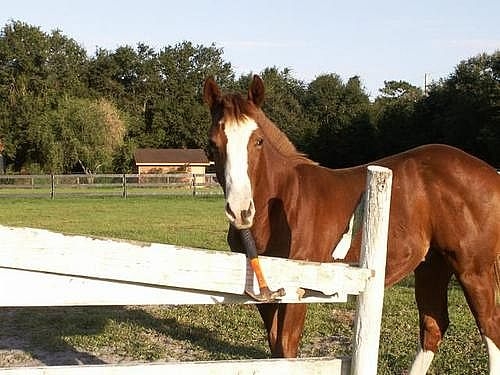 How to Build Horse Fences
How to Build Horse Fences
How to Build
How to Build Horse Fences
How to Build Horse Fences
How to Build
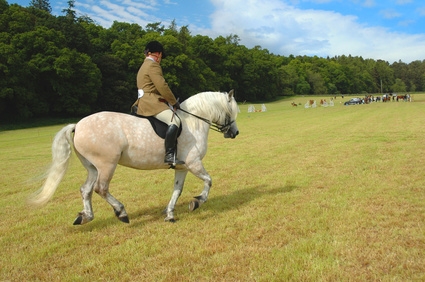 DIY Horse Trailer Living Quarters
DIY Horse Trailer Living Quarters
DIY
DIY Horse Trailer Living Quarters
DIY Horse Trailer Living Quarters
DIY
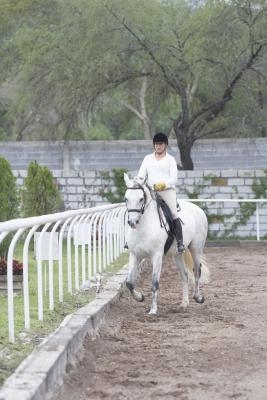 How to Gait a Horse
How to Gait a Horse
How to Gait a Hors
How to Gait a Horse
How to Gait a Horse
How to Gait a Hors
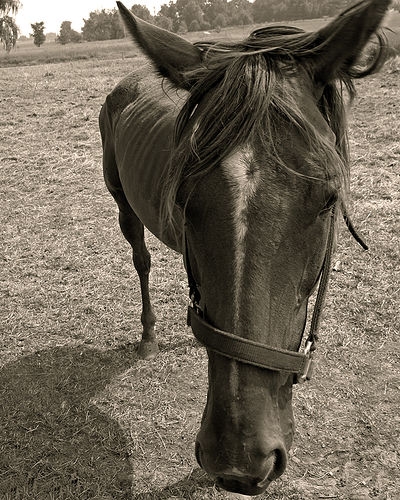 How to Put Weight on a Horse in Poor Condition
How to Put Weight on a Horse in Poor Condition
How to Put Weight on a Horse in Poor Condition
How to Put Weight on a Horse in Poor Condition
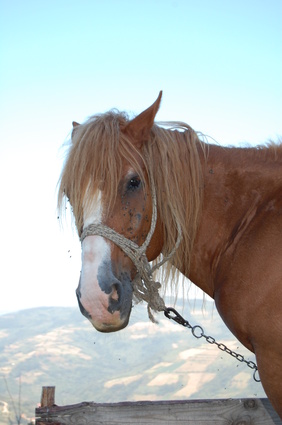 How Can I Get My Horse to Stop Eating Wood?
How Can I Get My Horse to Stop Eating Wood?
How Can I Get My Horse to Stop Eating Wood?
How Can I Get My Horse to Stop Eating Wood?